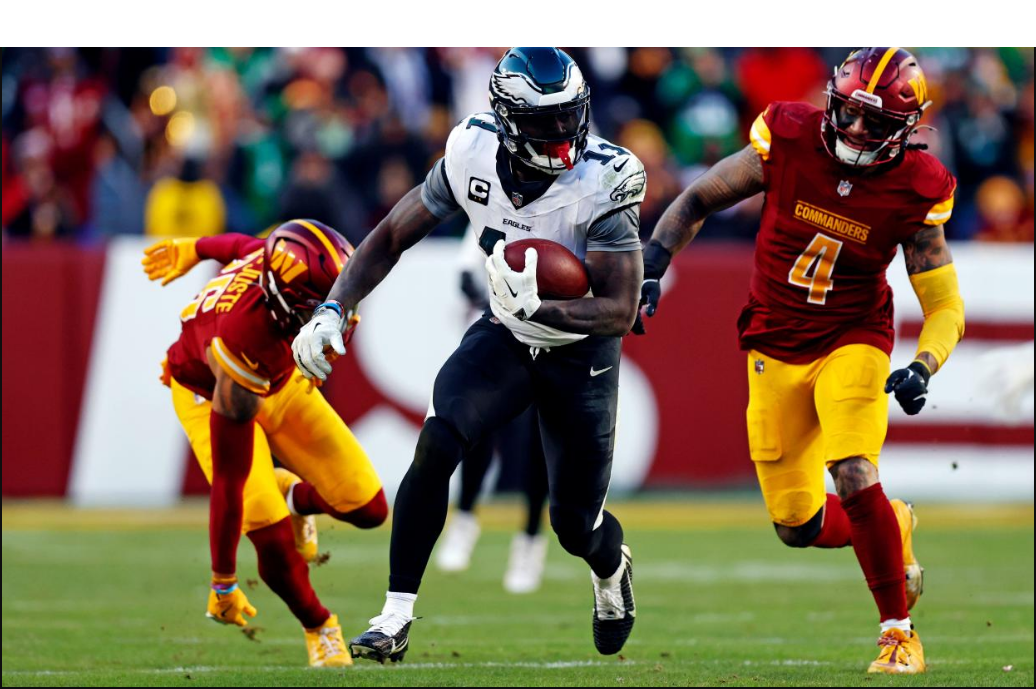Introduction
The matchup between the Golden State Warriors and the Minnesota Timberwolves brought high expectations, star power, and plenty of storylines. As the series progressed, the spotlight shifted to who could step up when it mattered most. This article dives deep into the top performers of the series, focusing on the most recent games and player stats, and uncovers who made the biggest impact.
Defining the Curve: Momentum & Reality Check
Heading into this clash, both teams had their strengths and weaknesses. The Warriors brought championship experience and talent, while the Timberwolves offered rising stars, physicality, and a balanced roster.
Early on, momentum favoured the Warriors, but as the series unfolded, Minnesota started asserting control through key performances by their top guys. The “top performer” label in this matchup wasn’t just about big scoring nights — it was about impact, consistency, and delivering when it counted.
Top Performers from Minnesota
Anthony Edwards
When you talk about standout players in this series, Anthony Edwards takes centre stage. His scoring was explosive — he pushed the tempo, attacked aggressively, and hit shots from all over the court. In one of the clinching games, he logged a high point total and mixed in assist numbers, showing that he’s developing into more than just a scorer. His presence forced Golden State to alter their defensive approach, which opened up opportunities for his teammates.
What made Edwards truly a top performer:
- He delivered in pressure moments and helped shift the momentum in Minnesota’s favour.
- He made plays for others while still carrying offensive loads.
- His athleticism and versatility created match-up problems for the Warriors.
Julius Randle
Alongside Edwards, Julius Randle was critical for Minnesota. He brought energy inside, pulled boards, passed out of double teams, and scored efficiently. In one of the key games, Randle shot extremely well — making 13 of 18 attempts, for example — and had a strong overall stat line. His ability to dominate multiple categories—points, rebounds, assists—made him a clear top performer.
Key aspects:
- Interior scoring and ability to finish against smaller defenders.
- Rebounding presence that helped Minnesota control the glass and gain extra possessions.
- Distribution from the forward position that kept opponents off balance.
Supporting Cast That Mattered
Top performance isn’t just about the stars. Minnesota’s supporting cast stepped up when needed: players contributed meaningful minutes, hit shots, defended well, and kept momentum rolling. When the starters rested, the bench held up rather than collapsing. That reliability elevates a team and is why the Timberwolves’ “top performers” list goes beyond just one or two names.
Top Performers from Golden State
Stephen Curry (When Available)
For the Warriors, Stephen Curry remains a marquee name and his performances still draw focus. He had nights where his shooting and playmaking stood out and reminded fans why he is what he is. However, his availability and consistency in this series were impacted, which limited how dominant he could be. When healthy and in rhythm, he showed his usual scoring bursts, deep shots, and leadership.
Role Players Rising Up
With Curry’s status wavering, some of Golden State’s role players had opportunities to step forward and showed glimpses of big-game potential. For example, Jonathan Kuminga and Brandin Podziemski had games with 20+ points. While they didn’t dominate the series, their nights of elevated production were moments of promise. In a playoff run, these flashes matter.
What Held Them Back
Even when key Warriors delivered strong individual numbers, the collective performance fell short of what’s required to overcome a balanced opponent. The top performers on the Warriors felt too often isolated — scoring when they could, rather than controlling games in the same way Minnesota’s top performers did. That gap in impact became a deciding factor.
See also Cancún FC vs. Santos Live Score, Highlights, and Match Analysis
Comparative Snapshot: Top Performer Stats & Impact
Here’s how the top performers stack up in terms of performance and influence:
- Edwards and Randle consistently posted high numbers in scoring, rebounding, and assists. Their contributions were not one-off, but sustained across key games.
- Curry and the Warriors’ standouts had big nights—but less often when the series required sustained dominance.
- For Minnesota, the supporting cast’s contributions amplified the top performers, creating depth. For Golden State, the reliance on the top guys meant the rest of the team’s output was more variable.
- In games where Minnesota’s top performers were dominant, the team frequently won convincingly. When Golden State’s top performers were strong but lacked team support, the outcomes were closer or unfavourable.
Game Moments that Defined “Top Performer” Status
Clincher Performance
In the final decisive game, Julius Randle put together a dominant outing—high shooting accuracy (13-of-18, for instance), strong rebounding, and assists—cementing his status as a top performer. The way he performed under pressure solidified his impact.
Anthony Edwards also had a performance that night reflective of a team lead guard: scoring, facilitating, creating opportunities, and energising his team. That kind of two-pronged leader approach is what the label “top performer” deserves.
On the Warriors’ side, a standout role player may have dropped 26 or 28 points (e.g., Podziemski or Kuminga), indicating potential. But because the outcome didn’t swing in the Warriors’ favour, the weight of “top performer” still leaned to Minnesota’s guys.
Turning Point Games
There were games where Minnesota shifted the series’ momentum. Their top performers carried the load in third quarters, used bench contributions to sustain runs, and wore down the Warriors. Golden State’s top performers sometimes responded, but lacked the follow-through to flip games consistently.
Why These Top Performers Mattered
Impact Beyond the Box Score
A true top performer doesn’t just compile stats — they influence the game’s flow. For Minnesota, Edwards and Randle did exactly that: when they were on the court, their team controlled tempo, rebounds, and shot quality. Their impact was felt even when they weren’t scoring.
Leadership and Execution
Top performers lead by example. The Timberwolves’ duo brought energy, made big plays, and their teammates followed. That kind of leadership matters more in the playoffs than regular-season scoring surges.
Playoff Readiness
In high-stakes scenarios, certain players step up. The Timberwolves’ top performers showed up in the moments that mattered most — closing quarters, battling defensive pressure, grabbing key boards, and hitting shots when the margin was thin. The Warriors’ top performers had quality nights, but not enough where their team could count on them to erase deficits or seize control.
What This Means Going Forward
For the Minnesota Timberwolves, the emergence and consistency of their top performers strengthen their identity: a team with rising stars, maturity in big moments, and depth. If they maintain this level, they will be a serious threat in the conference moving ahead.
For the Golden State Warriors, the takeaway is clear: they have top performers, but to return to the championship-level ceiling, they need more players to rise consistently and shoulder impact. Big nights from specific guys are valuable, but in the playoffs, the ability to stack performances across a roster separates contenders.
The series underlines that “top performer” is not just about scoring or highlight plays. It’s about sustained influence, leadership, and elevating the team. Any team looking to win deep must have multiple players who meet that standard.
Final Thoughts
The matchup between the Warriors and Timberwolves gave us clarity on who the real top performers were. Anthony Edwards and Julius Randle emerged as clear leaders, trusted closers, and dominant forces. On the other side, the Warriors had strong games from their stars and role players, but they lacked the level of dominance and consistency shown by Minnesota’s top guys.
If you’re looking for one thing to remember: in the playoffs, the top performers rarely just show up—they control the game, lift those around them, and do it night after night. The Timberwolves’ duo did just that; the Warriors’ top performers simply didn’t have enough help to match.
Would you like me to create a visual breakdown or infographic of these top performer stats for your blog or social channels?


